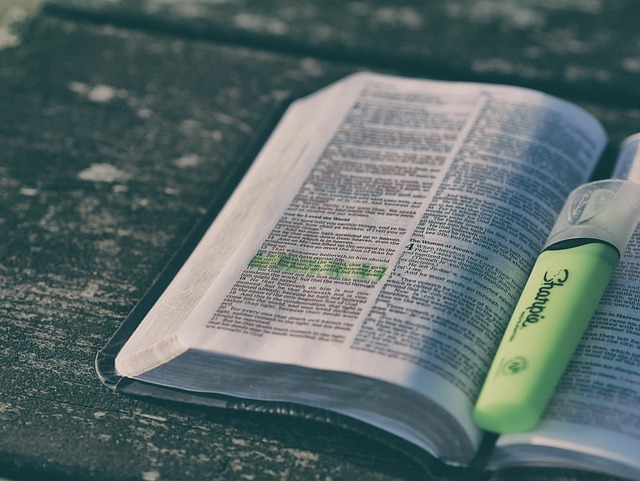How to Write a Short Story

Short story writing is indeed an enriching as well as rewarding exercise but there’s no shortcut or one-size-fits-all approach. Experiment, trust your instincts, and enjoy the journey of crafting your short story. The following process can give an idea on how to write a short story.
It is always wise to start with brainstorming ideas for one’s short story and for that, what kind of story the writer wants to tell, the setting, the characters, and any themes or messages he wants to convey and for that, when the imagination runs wild, it is wise to jot down any ideas that come to mind.
For short story telling, the opening of the short story should grab the reader’s attention and set the tone for the rest of the narrative. One can adopt storytelling techniques by starting with an intriguing line, a description of the setting, or by introducing an interesting character or conflict. While creating characters in short stories, it is to be kept in mind that characters being crucial element of any story, writer should take the time to develop his main character and any supporting characters and for that, it is important to give them distinct personalities, motivations, and backstories to make them feel real and relatable to readers. Every story needs conflict to drive the narrative forward and for that, it is important to determine the central conflict or problem the protagonist will face- it could be an internal struggle, a clash with another character, or a challenge presented by the external world. Thereafter, plan the structure of your short story- while there are no hard and fast rules, a typical structure involves an introduction, rising action, climax, falling action, and resolution, it is the rising action that builds tension and the climax is the turning point, and the falling action leads to the resolution.
Other important tips for writing great short stories are while plot development in short stories, outlining the major events and plot points helps in unfolding in the story and for that, consider how the characters will respond to the conflict and how the story will progress. The writer should keep the pace and length of the short story in mind to ensure it remains focused and concise. He should begin writing his short story based on his outline without worrying much about perfection in the first draft—instead, ideally, he should focus on getting his ideas down on paper and let the story flow naturally and let the creativity guide. Once the writer has a complete draft, he should take time to revise and edit the story and check for grammar and spelling errors, clarify confusing passages, and refine the dialogue, consider the pacing, character development, and overall coherence of the story. Paying attention to the language and style of the writing is important and for that, the writer may use vivid descriptions, varied sentence structures, and engaging dialogue to make the story come alive. Elimination of unnecessary words or phrases is very important for making the prose more concise and impactful. After revising the story, himself, he may seek feedback from others. The story may be shared with trusted friends, writing groups, or online communities and their suggestions and constructive criticisms are to be listened to contemplating incorporating their feedback into the final version. After making necessary changes based on the feedback the writer has received, writer must polish his story until he is satisfied with the result. He may consider reading it aloud to ensure it flows smoothly and has a captivating effect on the reader. Before sharing or publishing his short story, the writer must carefully proofread it for any remaining errors or typographical mistakes as it is, and it is always helpful to read it slowly and attentively or have someone else read it to catch any mistakes the writer may have missed.
Editing and revising short stories is an essential part of the writing process that helps the writer to refine his work and make it more effective. Editing and revising are tedious and boring jobs and it may take multiple rounds of revisions to refine the short story fully. It is important not to be afraid or defensive regarding experiment. The writer must make bold changes and open to seek feedback to make the story the best it can be. Take a break: After completing your initial draft, step away from your story for a while. This break will give you a fresh perspective when you come back to it for editing. Reading the story aloud can helps in identifying awkward phrasing, repetitive words or phrases, and issues with pacing and in identifying grammatical error. Thereafter he should scrutinize the overall structure of the story and check if it has a clear beginning, middle, and end ensuring that the plot flows logically, and scenes transition smoothly. While creating characters in short stories, the writer should evaluate the depth and consistency of his characters ensuring that their actions, thoughts, and dialogue align with their personalities and motivations- for that, he must look for opportunities to make them more relatable and engaging. Trimming down excessive descriptions, dialogue tags, and irrelevant information that doesn’t contribute to the story is always important in short fiction writing- and for this, the writer should always keep his sentences concise and impactful.

